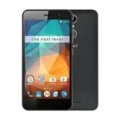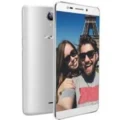XOLO Cube 5.0
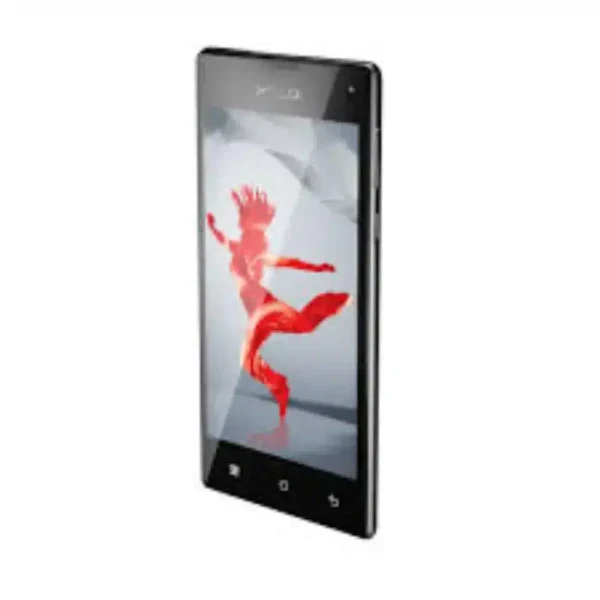


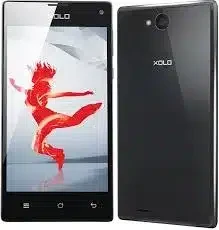

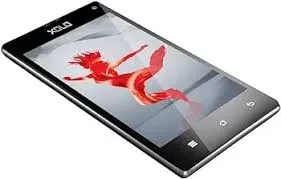
- : 2GB RAM MT6582M
- : 5.0" 720x1280 pixels
- : 2100mAh
- : 8MP Video recorder
The XOLO Cube 5.0 is a sleek and capable smartphone that seamlessly blends style with functionality. Released in June 2015, this device packs a punch despite its compact form factor. Let’s dive into the details:
Design and Display
With dimensions of 143 x 71 x 6.9 mm, the XOLO Cube 5.0 fits comfortably in your hand and slips easily into your pocket. The minimalist design features a smooth finish and rounded edges, making it a pleasure to hold. The 5.0-inch IPS LCD display boasts a resolution of 720 x 1280 pixels, delivering vibrant colors and sharp visuals. Whether you’re browsing the web, watching videos, or playing games, the Cube 5.0 ensures an immersive experience.
Performance and Hardware
Under the hood, the XOLO Cube 5.0 houses a powerful MediaTek MT6582M chipset with a quad-core 1.3 GHz Cortex-A7 CPU and a Mali-400MP2 GPU. Paired with 2 GB of RAM, this smartphone handles multitasking effortlessly. You’ll have ample space for your apps, photos, and files with the 8 GB internal storage, expandable via a microSDHC card slot.
Capture Memories
The 8 MP rear camera with autofocus and LED flash lets you capture life’s moments in vivid detail. Whether it’s a scenic landscape or a candid shot, the Cube 5.0 ensures crisp and clear images. The 5 MP front camera is perfect for selfies and video calls, allowing you to stay connected with loved ones.
Connectivity and Battery Life
Stay connected with dual SIM card support, enabling you to manage personal and work numbers seamlessly. The Cube 5.0 supports Wi-Fi 802.11 b/g/n for fast internet access and Bluetooth 4.0 for wireless file sharing. The 2100 mAh removable battery provides enough juice to keep you going throughout the day.
In summary, the XOLO Cube 5.0 strikes a balance between performance and portability. Whether you’re a student, professional, or casual user, this smartphone offers a reliable and stylish companion. Choose from classic colors like Black, White, or Gold and experience the XOLO difference.
Specs
Network
| 2G Network GSM 850 / 900 / 1800 / 1900 - SIM 1 & SIM 2 (dual-SIM) CDMA 800 / 1900 |
GSM 850 / 900 / 1800 / 1900 - SIM 1 & SIM 2 |
| 3G Network |
HSDPA 2100 |
| Speed |
HSPA 21.1/5.76 Mbps |
LAUNCH
| Announced | November, 2025 |
| Status | Discontinued |
BODY
| Dimensions | 143 x 71 x 6.9 mm (5.63 x 2.80 x 0.27 in) |
| Weight | - |
| SIMs SIM (Subscriber Identity Module) is a small card that contains mobile network subscriber's account information. This allows the phone using the card to attach to a mobile network. The SIM card is most commonly associated with GSM and UMTS mobile networks. Moving a SIM card from one phone to another allows a subscriber to switch mobile phones without having to contact their mobile network carrier. SIM cards can also be used by a phone to store limited amounts of data, such as phone numbers and text messages. |
Dual SIM |
Display
| Display Type Display Technology => A number of display technologies and types used in mobile phones => TFT (Thin Film Transistor), IPS (In-Place Switching), OLED (Organic Light Emitting Diode), AMOLED (Active-Matrix Organic Light-Emitting Diode), Super AMOLED (an even advanced version of AMOLED), Resistive Touchscreen (Resistive touchscreens contain two layer of conductive material with a very small gap between them which acts as a resistance), Capacitive Touchsceen (Capacitive touchscreen technology consists of a layer of glass coated with a transparent conductor) | IPS LCD |
| Size | 5.0 inches, 68.9 cm2 (~67.9% screen-to-body ratio) |
| Resolution | 720 x 1280 pixels, 16:9 ratio (~294 ppi density) |
PLATFORM
| Operating System OS => Every computer system run on a base software called Operating System (OS). Operating System controls all basic operations of the computer (such as smartphone, PDAs, tablet computers and other handheld devices). The Operating System allows the user to install and run third party applications (apps), apps are used to add new functionality to the device. | Android 5.0 (Lollipop) |
| Chipset Chipset is a group of integrated circuits designed to perform one or a more dedicated functions, often with real time computing constraints, Popular smartphones are equipped with more advanced embedded chipsets that can do many different tasks depending on their programming. | Mediatek MT6582M (28 nm) |
| CPU CPU (Central Processing Unit) mostly known as processors, CPU processes instructions in order to carry out certain functions that make your device operate properly. Processors are often described as the brain of computers, smartphones and tablets, Smartphones and tablets rely on processors to carry out their every task, Processors are an incredibly important factor in selecting any type of computing device, including your smartphone. | Quad-core 1.3 GHz Cortex-A7 |
| GPU GPU (Graphics Processing Unit) is a single-chip processor designed to rapidly manipulate and alter memory to accelerate the creation of images in a frame buffer intended for output to a display, This includes things such as lighting effects, object transformations, and 3D motion. | Mali-400MP2 |
MEMORY
| Card Slot Memory Card Slot is a special slot for inserting a memory card. Memory cards allow you to expand the phone's built-in memory, A memory card (sometimes called a flash memory card or a storage card) is a small storage medium used to store data such as text, pictures, audio, and video, for use on small, portable or remote computing devices such as mobile phones, mp3 players, digital cameras. | microSDHC |
| Internal | 8GB 2GB RAM |
MAIN CAMERA
| Cameras Specs Today’s smartphones come equipped with a very comprehensive set of camera related specifications. Our smartphone, for many of us, has become our primary camera due to it being the one we always have with us. |
8 MP, AF |
| Video | Yes |
| Camera Features |
LED flash, panorama, HDR |
SELFIE CAMERA
| Cameras Specs Today’s smartphones come equipped with a very comprehensive set of camera related specifications. Our smartphone, for many of us, has become our primary camera due to it being the one we always have with us. |
5 MP |
SOUND
| Loudspeaker | Yes |
| 3.5mm jack | Yes |
COMMS
| WLAN |
Wi-Fi 802.11 b/g/n, hotspot |
| Positioning |
GPS |
| Bluetooth Bluetooth is a wireless communications technology for exchanging data between mobile phones, headsets, computers and other network devices over short distances without wires, Bluetooth technology was primarily designed to support simple wireless networking of personal consumer devices. | 4.0, A2DP |
| Infrared Infrared connectivity is an old wireless technology used to connect two electronic devices. It uses a beam of infrared light to transmit information and so requires direct line of sight and operates only at close range. | |
| USB | microUSB 2.0 |
| NFC NFC (Near field communication) is a set of standards for smartphones and similar devices to establish peer-to-peer radio communications with each other by touching them together or bringing them into proximity, usually no more than a few inches. | |
| Radio |
Features
| Sensors Sensors are electronic components that detects and responds to some type of input from the physical environment. The specific input could be light, heat, motion, moisture, pressure and location, The output is generally a signal that is converted to use in computing systems, a location sensor, such as a GPS receiver is able to detect current location of your electronic device. |
Accelerometer, proximity |
BATTERY
| Battery Type Battery Type => Cell phones run on various kinds of batteries depending on the manufacturer, phone size or shape and features. There are basically four types of cell phone batteries => Lithium Polymer, Lithium Ion, Nickel Metal Hydride and Nickel Cadmium. | Li-Poly (Lithium Polymer) |
| Capacity Battery Capacity is a measure (typically in Amp-hr) of the charge stored by the battery, and is determined by the mass of active material contained in the battery. The battery capacity represents the maximum amount of energy that can be extracted from the battery under certain conditions. | 2100 mAh |
| Placement | removable |
MISC
| Colors |
Black, White, Gold |
| SAR EU Each GSM handset has a radio transmitter and receiver in order to operate in the wireless GSM network. That transceiver is manufactured so that when used next to the ear and when worn on the belt, it won't exceed the limits for exposure to radio frequency energy set by the authorities.The authorities in question here are the Federal Communications Commission (FCC) of the U.S. Government, Industry Canada of the Canadian Government (IC), and the Council of the European Union. |
0.79 W/kg (head) 1.19 W/kg (body) |
TESTS
Reviews
Disclaimer Note
We strive to maintain accurate and up-to-date content on our website for general information purposes only. Please refrain from using the material for business, legal, or any other decisions.


